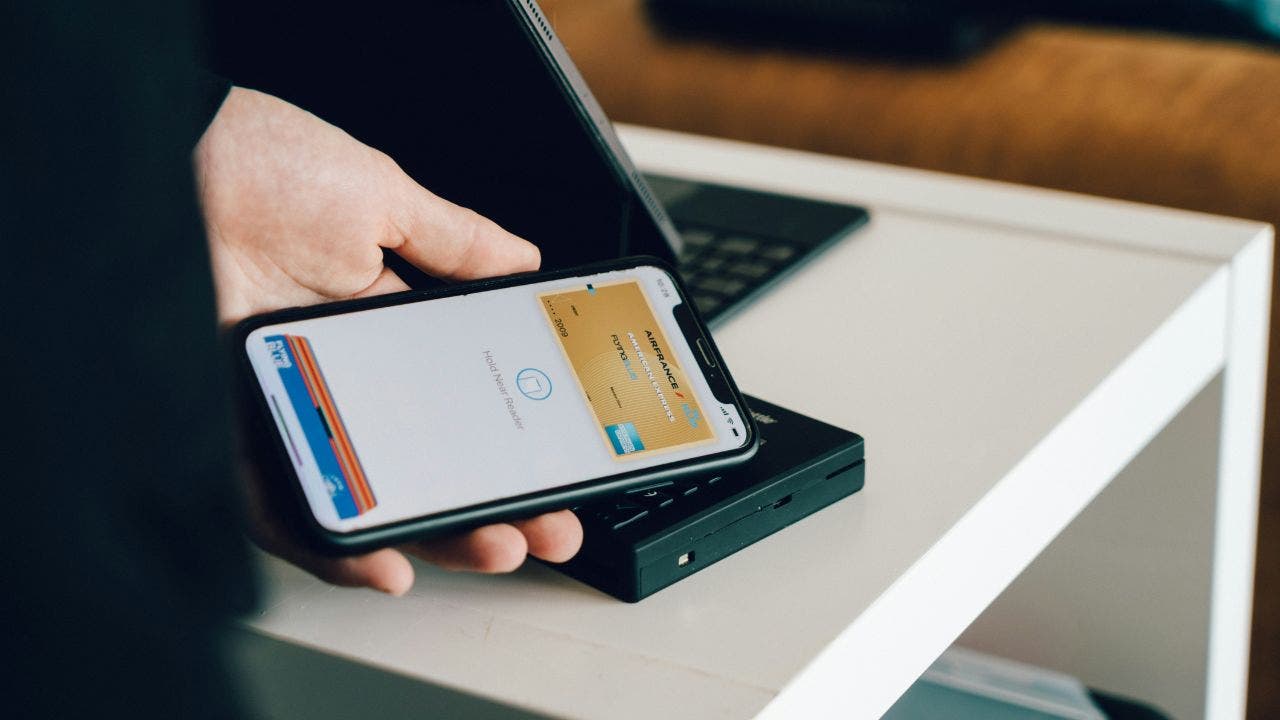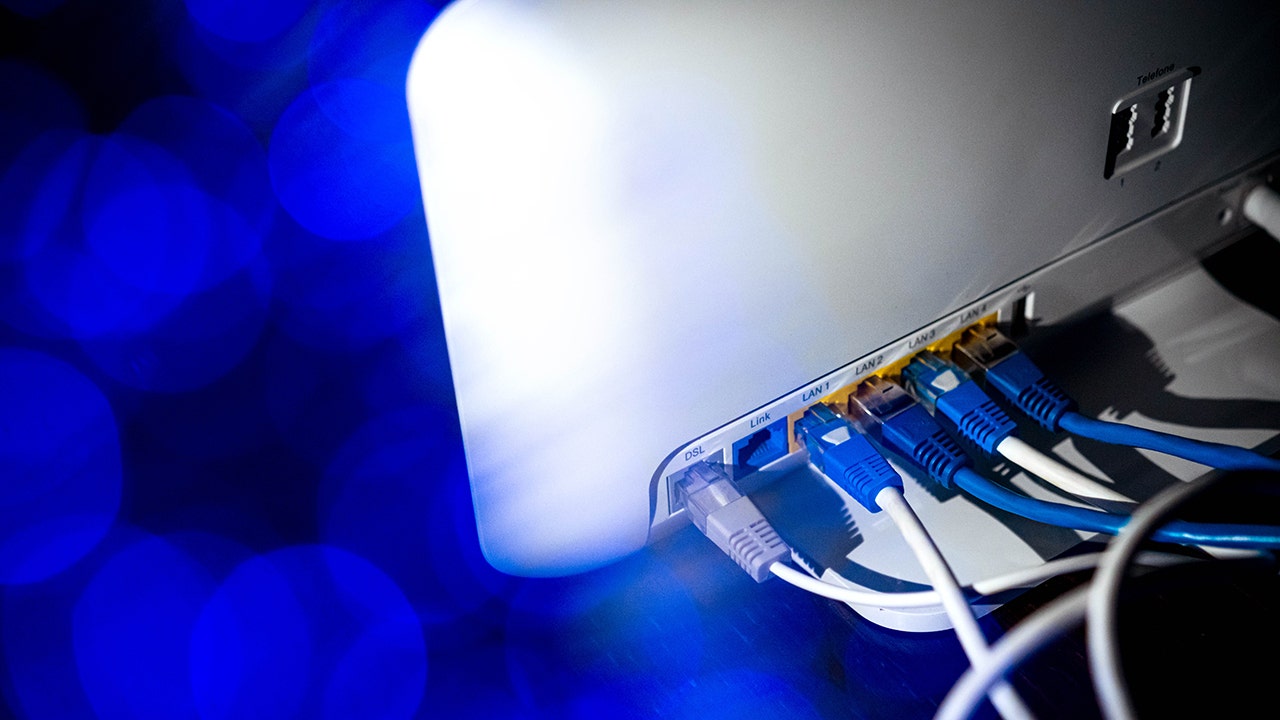How thieves use new credit card numbers before you receive them

Receiving a notification about suspicious charges on a credit card that you haven’t even received yet can be a shocking and unsettling experience. In today’s digital age, credit card fraud has evolved, and criminals no longer need physical cards to make unauthorized transactions. With the rise of data breaches, phishing schemes, and card-not-present fraud, scammers can exploit online account features, mobile wallets, or leaked personal data to start using your card before it even arrives in your mailbox.
One common way this type of fraud happens is through account takeover or access. If a scammer gains access to your account through stolen login credentials, a hacked email, or malware, they can view the newly issued card number in the online dashboard or mobile app. Many credit card companies now offer instant access to digital card numbers for use in Apple Pay, Google Wallet, or online purchases, making it easier for fraudsters to start using your card before you even receive it.
Another method scammers use is digital wallet hijacking. Some card issuers allow you to add your credit card to mobile wallets instantly, even before the physical card arrives. Criminals may exploit this process by using stolen personal information to add your card to their own digital wallets, enabling them to make fraudulent purchases immediately.
Phishing attacks and data breaches are also common ways scammers can access your information and start using your card without you even knowing. Thieves use stolen data such as your name, Social Security number, address, and security question answers to impersonate you and gain access to your account dashboard or request a replacement card.
While mail theft is a less common method, it still poses a risk. Criminals may intercept your mail to steal sensitive documents, including credit cards, which can then be used for unauthorized purchases. To reduce this risk, it’s important to avoid leaving important mail unattended in your mailbox and consider using services like Informed Delivery by USPS to track incoming mail.
If you find yourself in a situation where fraudulent charges appear on a card you haven’t received yet, it’s crucial to take immediate action. Change your login credentials, update your passwords, enable multifactor authentication, and use strong antivirus software to protect your devices from spyware or keyloggers. Consider investing in identity theft protection services and personal data removal services to minimize your online exposure and monitor your information for any suspicious activity.
Contact your credit card company to report the fraud and request a full investigation. Notify law enforcement by filing a report with the Federal Trade Commission and, if necessary, filing a police report to document the fraud. By taking these steps promptly, you can protect yourself from further unauthorized charges and safeguard your financial information.
In conclusion, credit card fraud can occur even before you receive your physical card, highlighting the importance of staying vigilant and taking proactive measures to protect your personal information. By being aware of the common methods used by scammers and following the steps outlined above, you can minimize the risk of falling victim to digital credit card fraud.




